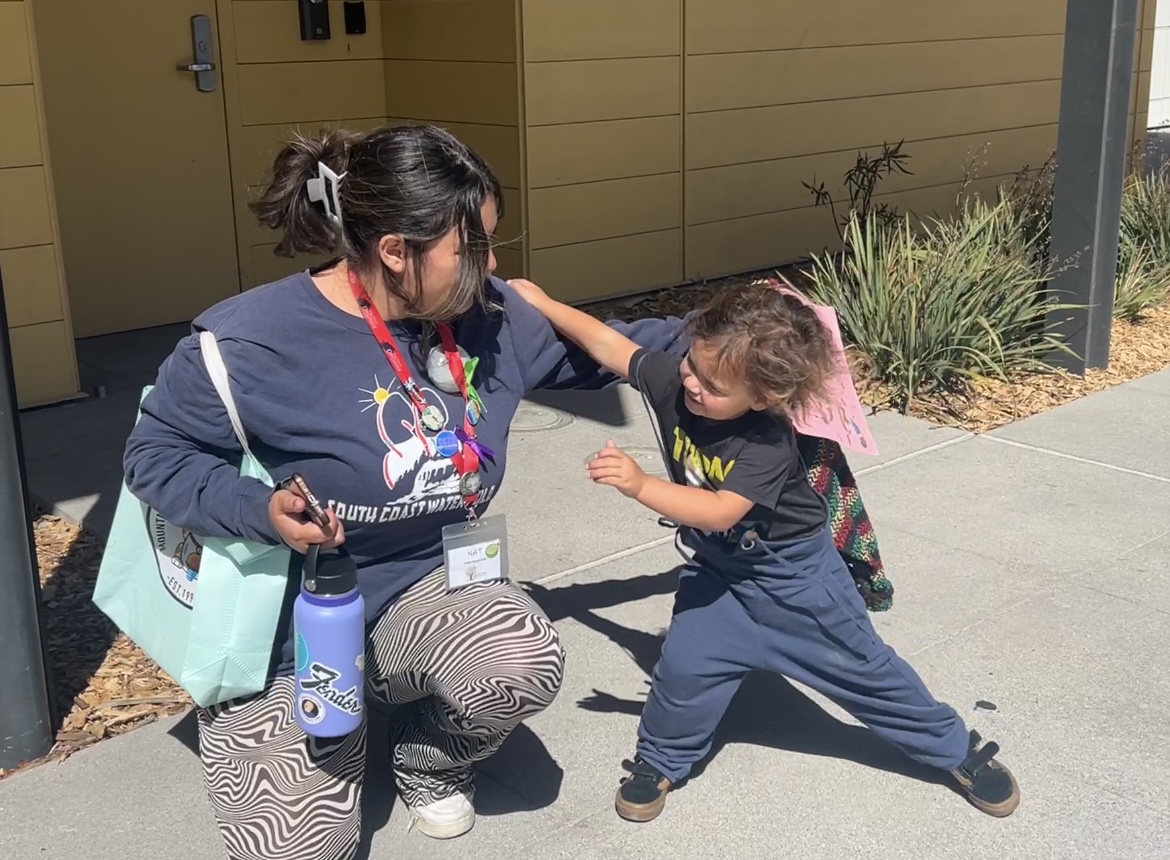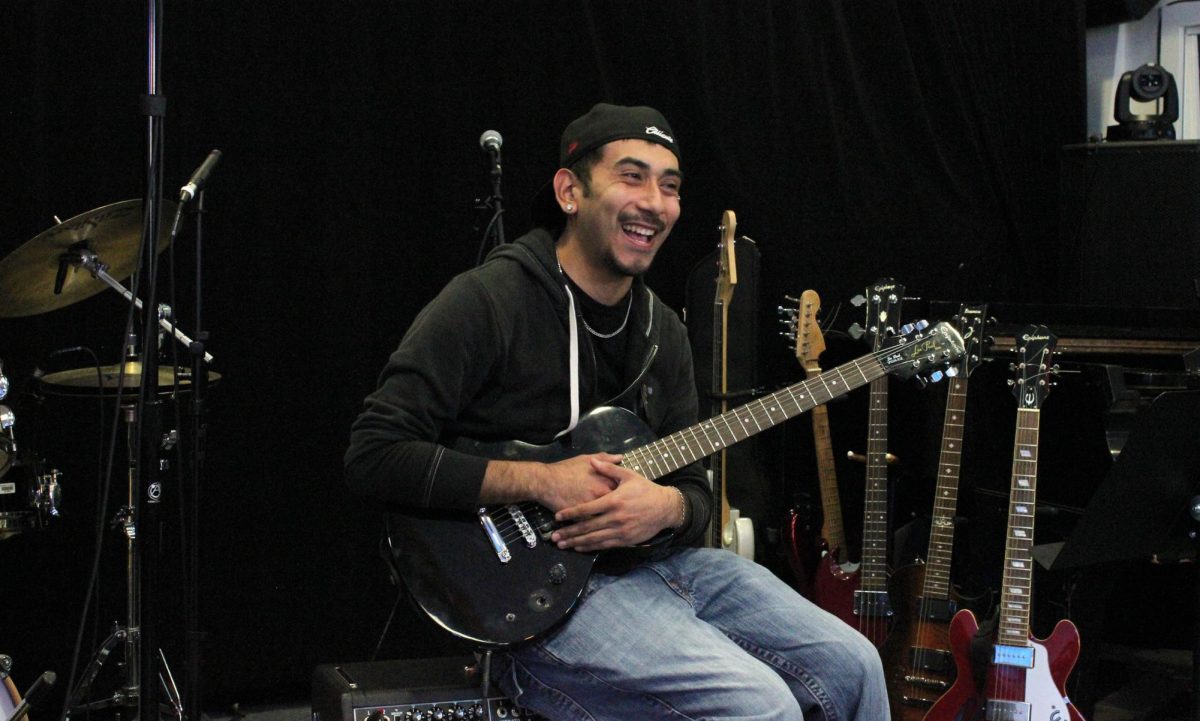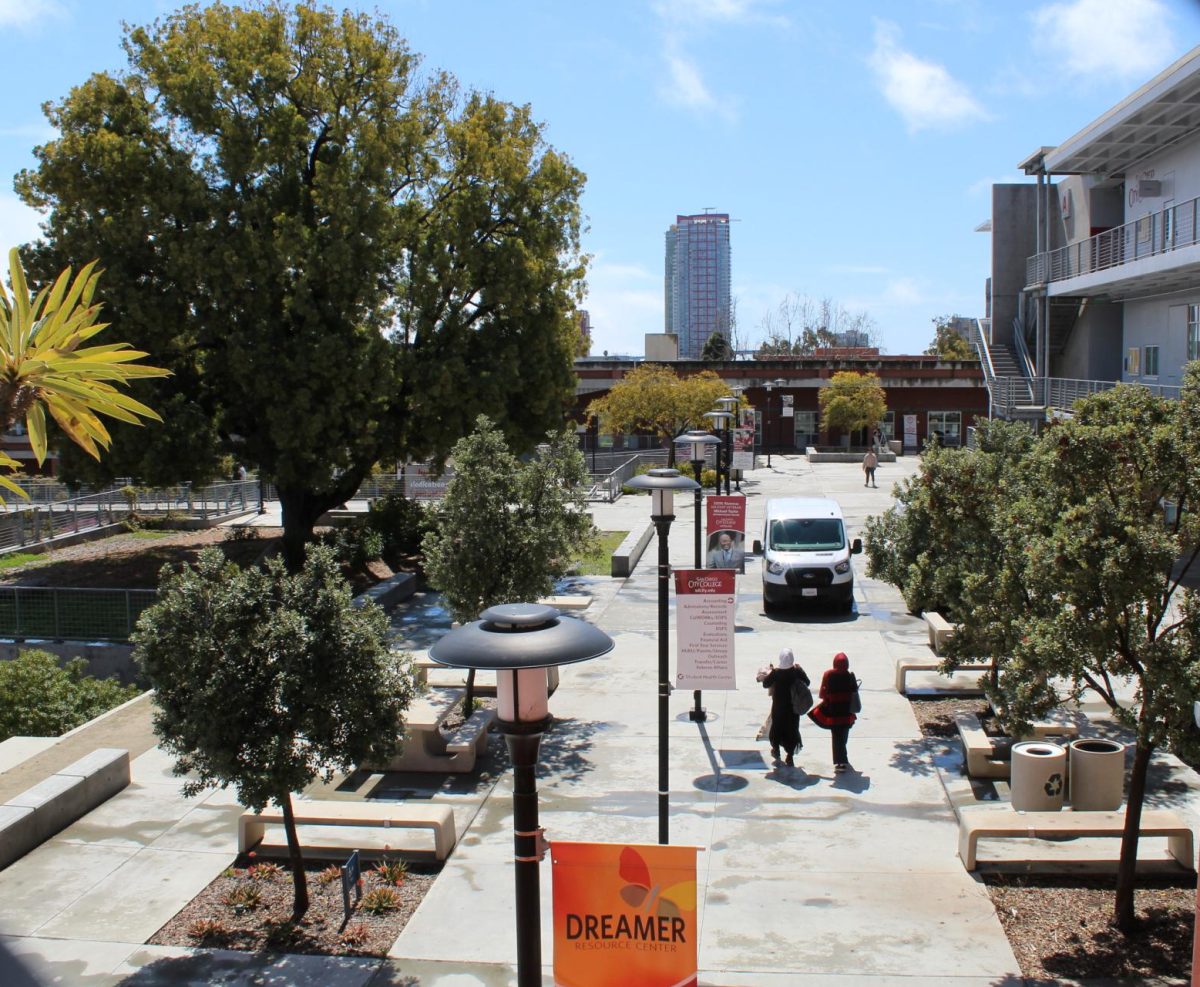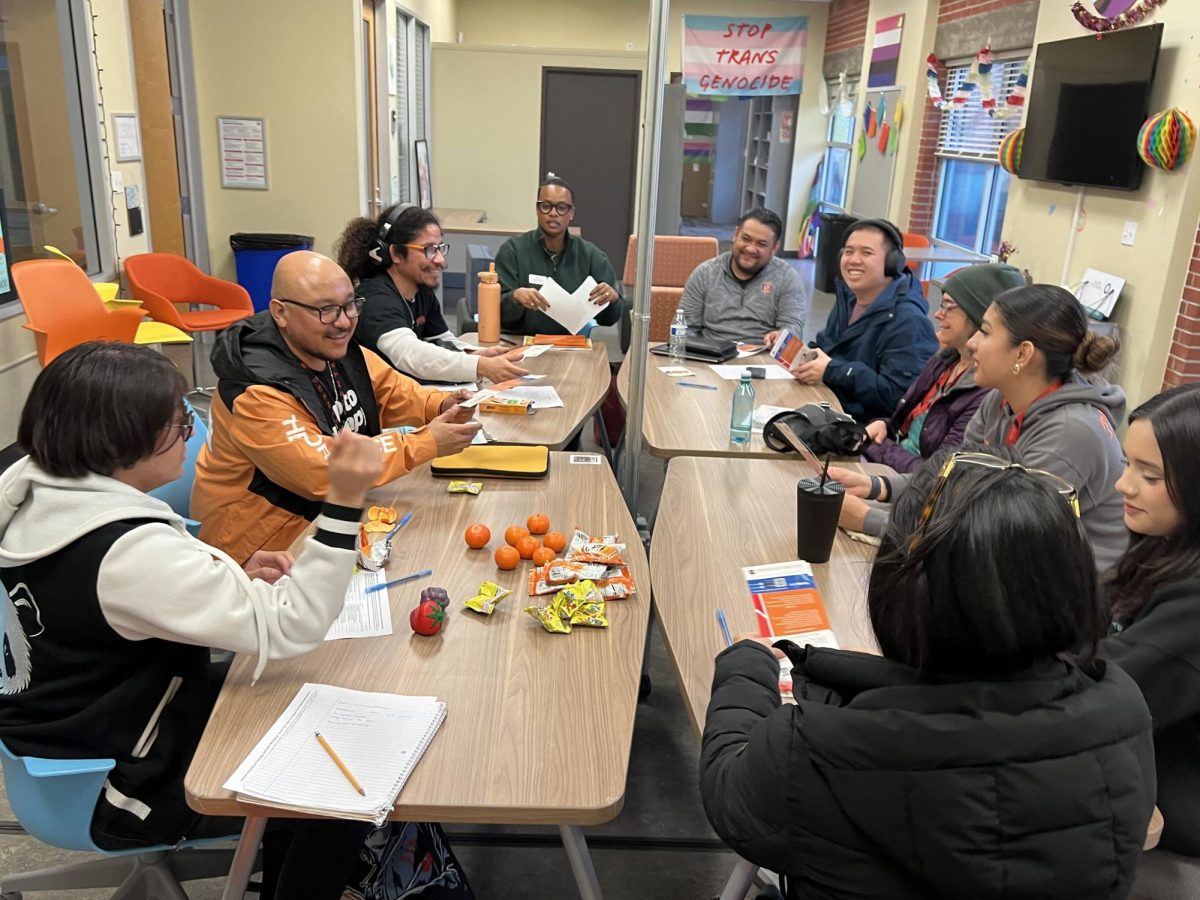The Easter day earthquake that shook Southern California and Northern Baja was a wake up call for many in the area who hadn’t considered the danger, but City College professor Lisa Chaddock has spent much of her professional life getting ready for such an event.
Chaddock, a geology instructor at City and Cuyamaca Colleges, is a life-long resident of San Diego and has studied the local fault lines extensively. She has helped design earthquake preparedness in the community and in conjunction with the Department of Homeland Security. Her students are required to complete a family disaster plan and take part in the yearly, statewide “Shakeout” during which they practice procedures to be taken in case of an earthquake.
“Studies have shown that people who practice even once are better prepared for an event. It will lessen panic and teaches the brain how to react,” she said.
Some of her suggestions for reacting to a temblor are to get under the cover of a table or desk and not run out of a building where glass may shatter and fall. “Running in a panic out into the street, where cars may not be in control, is how one of the deaths during this quake happened,” Chaddock said.
The main fissure beneath downtown San Diego is the Rose Canyon fault, marking the impact of the Pacific and North American plates. This fault runs along Interstate 5 and extends near Petco Park. “The Rose Canyon fault will give serious movement – but it doesn’t look soon,” Chaddock predicted. She also warned that, “Six to 16 story buildings are the most vulnerable.”
At City College, a fault was discovered when the Learning Resource Center was being built. “They had to move the building’s footprint,” Chaddock said. This fault appears to be a small off-shoot from the Rose Canyon fault and runs parallel to the southern border of campus, along C Street and through a parking lot. “There is a high voltage station near the fault,” she pointed out.
Chaddock calls the City College campus relatively safe. “The T building is very well built. The LRC and M building are also good; they are built with reinforced brick and masonry. The glass in the new buildings won’t shatter.”
If an earthquake were it strike while students and employees are on campus, there is a contingency plan. “Campus police are trained for an emergency as are some of the faculty,” Chaddock said. “There is a storage of food, water and medical supplies. We need to be able to take care of each other.”
Chaddock admits that she was “super paranoid” after seeing the devastation of the Haiti earthquake. She said she secured the crystal in her china cabinet with museum wax and has used L and T clamps to bolt her home to its foundation.
In reference to the overall state of seismic activity in Southern California, Chaddock says the big one is out there.
“The San Andreas fault is stickiest between Bakersfield and the Salton Sea. It has been waiting for over 350 years. (When it breaks) The quake may last as long as three minutes.”
In reference to its affect on San Diego, she says, “The mountains absorb energy, which will help buffer us.” But, speaking of the Los Angeles basin, she is not optimistic. “L.A. is an alluvial fan. It would be like a bowl of water surrounded by granite walls. The shaking will reverberate back and forth and continue.”








